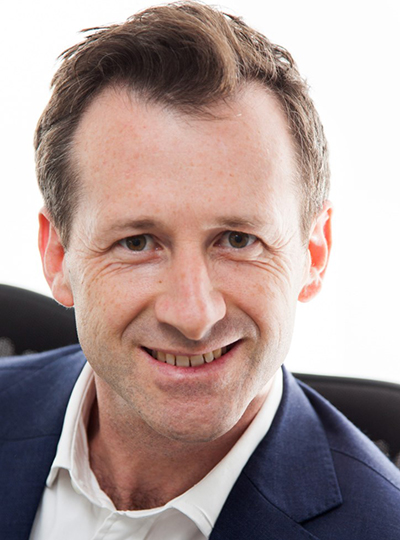Members of the EU BIM Task Group have committed to producing an “EU BIM Handbook”, a guide to using BIM in public sector projects that could help to create a consistent approach across the EU.
While the handbook is not seen as the director precursor of an EU-wide BIM mandate or legal requirement, aligning the approach to BIM across the region could make it easier for more countries to enshrine BIM in public procurement.
The project will be funded by the EU Commission and will be the main focus of the existing EU BIM Task Group, which now consists of a 40-strong advisory “general assembly” and a smaller steering group.
The overall group is chaired by Adam Matthews, the representative of the UK BIM Task Group on international affairs, and UK representatives are taking a leading role in the alignment project.
These include Mark Bew, who will act as technical lead for the handbook, while UK BIM Task Group member Richard Lane will be the project’s programme manager.
Speaking to BIM+, Matthews said: “The idea is to give clarity to the industry across Europe. We’re producing a handbook to the guiding principles of BIM, and if member countries to want to instate BIM at a procurement level, there’s a reference book on how to do it.”
Matthews suggested that the handbook would look at three main areas: procurement practices up to tendering; technical standards and BIM principles; and education and skills development.
It will be developed via a series of workshops throughout 2016 to collate best practice and identify a common way of working.
Steering group members Hester van der Voort, of the Netherlands’ water and infrastructure agency, will head up work on procurement practices, while the theme skills, culture and education will be headed up by Elena Puente of Spain’s Ministry of Transport
In addition, Estonia’s Vigo Sulakatko, of the Ministry of Economic Affairs, will coordinate work on communicating the benefits case for BIM, and Germany’s Ilka May, of the planen-Bauen 4.0 BIM working group, will be the head of delivery.
Matthews continued: “We need to balance the specific way of doing things, such as different contracting arrangements in each country, with the common principles that can be applied.”
But he added that the EU BIM Group will have additional targets. “The handbook is the tangible outcome, but it’s also about the communication and information sharing. We want to attend and participate in EU events, where we want to promote our vision. It’s very important that we communicate and signal our intentions to the industry.”
Matthews mentioned the European BIM Summit in Barcelona in February, and the BIM World conference in Paris in April.
The EU BIM Task Group draws representation from 14 EU countries: UK, Italy, Portugal, Norway, Denmark, Sweden, Finland, Estonia, Slovakia, Austria, Germany, the Netherlands, France and Iceland.
However, Matthews said that he hoped the membership would grow, in particular taking in Poland, Hungary, the Czech Republic and Slovakia.
The full membership of the steering committee is:
- Adam Matthews, chair of the EU BIM Task Group;
- Diderik Haug, form Norway’s Statsbygg state property agency;
- Germany’s Ilka May, representing the BIM working group “planen-Bauen 4.0”;
- Barry Blackwell, from the UK’s Department for Business, Innovation & Skills (BIS)
- Benno Koehorst, Netherlands, Rijkswaterstaat (RWS);
- Elena Puente, representing the Spanish Ministry of Transport;
- Virgo Sulakatko, from Estonia’s Ministry of Economic Affairs and Communications

The idea is to give clarity to the industry across Europe. We’re producing a handbook to the guiding principles of BIM, and if member countries to want to instate BIM at a procurement level, there’s a reference book on how to do it.– Adam Matthews, UK BIM Task Group
Comments
Comments are closed.












It’s awesome to hear that the EU is planning to have more countries at the same standard but trying to tell companies to use BIM is complicated. Mostly because most companies across Europe use older staff who are reluctant to adopt BIM or can’t invest in BIM programs or simply not being able to. Most BIM services cost alot more than other architecture programs and even though they bring value to a company they simply aren’t aware of the benefits or ignor them.
And one conclution is that young architectural technologists out of college find it hard to get jobs due to a limited number of companies using BIM in other contries other than UK and DK.